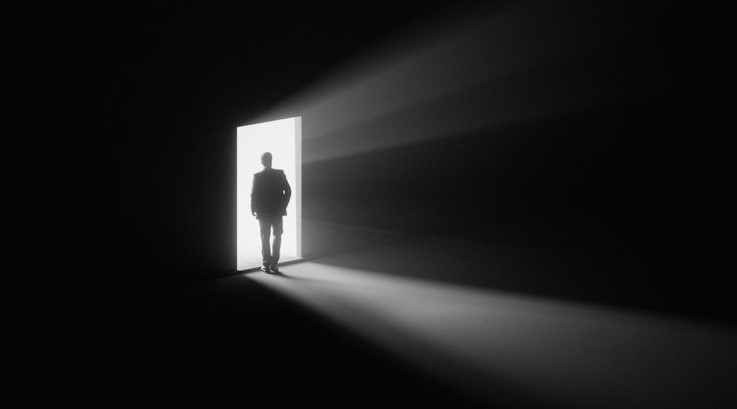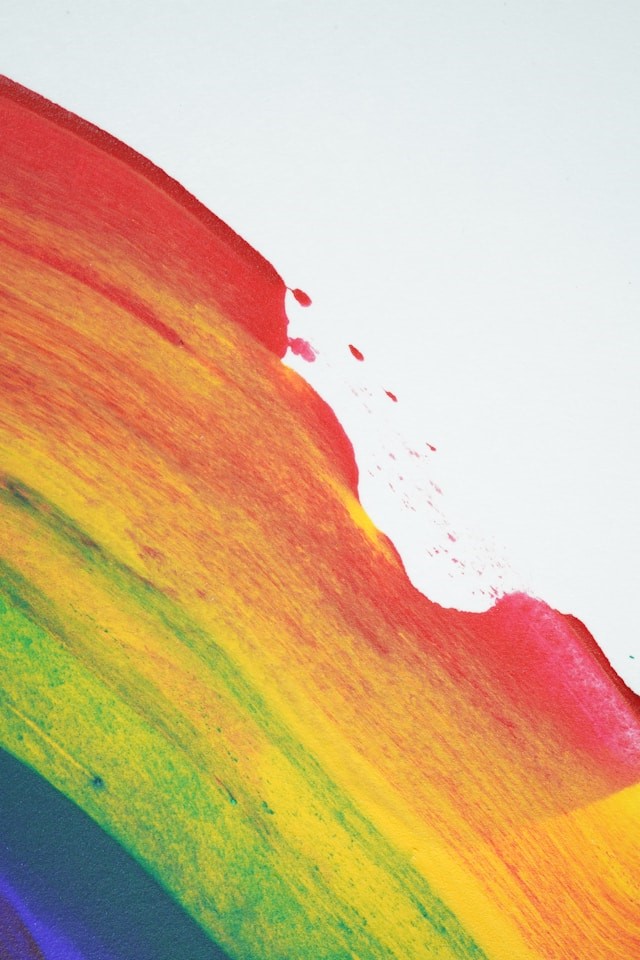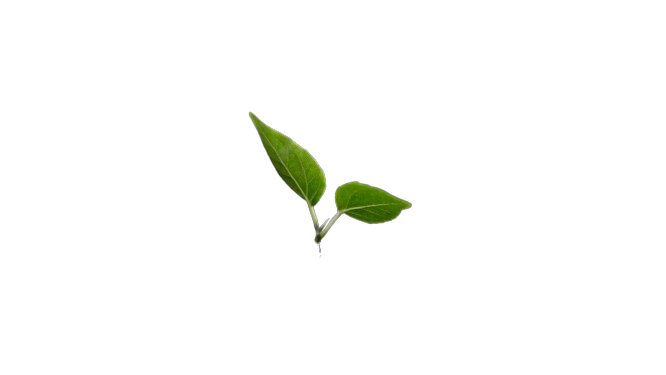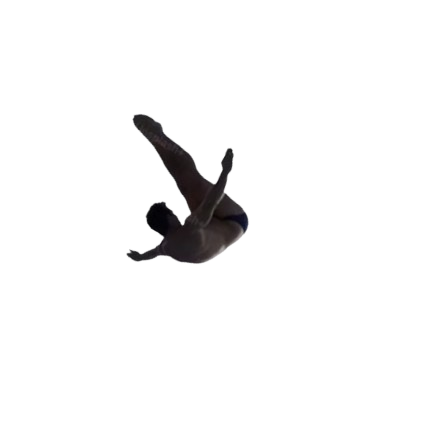Let’s get straight to digging. A popular example that I like to cite is the one of a cracked window, just below the centre to the right, follow me here. Every perfect piece of glass always has the same look and feel, and unless it becomes an imperfect piece, it can’t be unique. It is rare to see your kind of crack, what’s even rarer is seeing something else cracked in the exact same way and shape as you.
It’s a reason why twins are oddly beautifully pleasing to behold or why doppelgangers are a sight for sore eyes. The Japanese really understood this concept and took an entirely different approach towards cracked, broken and ‘imperfect’ pieces of kitchenware and instead of seeing them as destroyed or irredeemable, they saw it as an opportunity for immense beauty. Hence the creation of Wabi-Sabi. You really should see some of the results of this practice.
Easy way out 
Humans coined the word ‘imperfection’ and over time we have somehow found a way to consistently associate that word with unflattering and negative events. Just as marvel also tends to be associated with the good side of things, which isn’t necessarily so because anything on either side of the spectrum can surprise or shock you for that matter. This is largely due to the high tendency of humans to classify everything into good or bad, or right and wrong, or this or that and anything that doesn’t fit into any classification is ostracized, almost non-existent so to speak. Nobody likes grey areas and we find comfort in these classifications.


An illustration I like concerning the illusionary binds we place on ourselves or find ourselves in as a result of tradition or culture is the one of two opposing tribes in a bit of a dilemma. On one side, a tribe forbids consciously or purposely putting permanent marks on their skin due to religious and/or spiritual beliefs, but if those marks appeared as a result of the biological human nature, then it would be okay. On the other side, the second tribe is okay with putting marks of any kind anywhere on their skin but if those same marks occurred for biological reasons, then they would scramble and shuffle as far as they could in search of every ointment or potion to clear them because they thought of them as stock reducing qualities.
Where all that is perfect is the same, imperfection means different. There’s no limit to the awe that imperfection begets. It is literally limitless. Just like freckles on the face, dents, bumps and colour variations on the skin, asymmetry – all features that would normally demonstrate imperfection but then we realize we still find beauty in them.
Tending to our UH
The path to universal harmony is knowing that there is more to what constitutes value than we realize. Beauty is value, so is form, difference in movement and vibration between two things, peace is also value. There’s just more beauty around us than we realize but most times we wait for this beauty to be hand fed to us like a kid opening up its mouth and waiting to be fed by his mom.
I’m talking about things that we would ordinarily pass by without giving so much as a second thought to, if only someone had been more mindful for us, maybe then wouldn’t miss so much. Peace is always in our possession, but we can’t process the nutrient that comes from a fruit except we pluck it, eat it and digest it. So also do we have peace in our backyard, all we need to do is know how to harvest it, manifest it and not take it for granted.
Another way we deviate from our path to universal harmony is confusing imperfections for mistakes. Again, even mistakes ought not to be used only in the negative but nevertheless, shouldn’t be confused with Imperfection. Imagine a mountain with a perfectly smooth slope and you could glide all the way from top to bottom, smooth like butter. Would you then call another mountain of the same size a mistake just because it has edges and fissures? Of course all this is assuming smooth mountains are considered as perfect but we wouldn’t be able to climb such mountains, and certainly nobody would boast a record of 14 summits on foot.

Everything has a purpose, whether it’s obvious or not. If only we knew how much we’ve slowly butchered the meaning of imperfection. Both perfection and imperfection are inseparable concepts, they depend on each other for their existence and no one is more important than the other just like humans. I hope we see now that our worry about imperfection is man made and there really is nothing to be worried about anyway.
The focus and amplification of this text on imperfection is only an effort to balance the misappropriation that both the word and people that have been associated with it have suffered, because they didn’t know better. There really is no classification of perfection and imperfection into good or bad, only beauty in different forms and variations if you care enough to see it.
In narrowed consciousness, if we look at an item which we consider perfect, unblemished, smooth, beautiful and all that good stuff, the more we find it easy to define and put into words, the sooner we realize it has only a finite set of characteristics, functions and qualities. The addition of an imperfect trait to the item begets a much larger variation either in use, beauty or any other category. That’s the thing, you never know until you try.
Take two large gold bars for example, one intact and shiny, the other broken and dull. The perfect one looks more beautiful but has a limit to what it can be used for in its ‘perfect’ unbroken state. The one broken into pieces though may be how earrings got invented, or where the idea of putting a little piece on an engagement ring came from, who knows. It all had to start from somewhere but don’t quote me on any of these facts. All I’m saying is I personally have never heard anybody associate raw gold with imperfection. Even though is doesn’t look as aesthetically pleasing as some of the other precious stones but we know better. Also everybody knows a broken gold bar is way easier on the back when you have to carry.
Limitless imperfection 
There’s no end to which imperfection can be made more imperfect. Only a proliferation of its potential for more beauty. Of course our narrowed attention to this may be inadequate, which is the approach majority of humans take to life and this essentially is governed by the ego. When we sense imperfection in ourselves – internally or externally induced, it breeds insecurity and we feel not up to standard.
Alan Watts says the ego, that is the ‘I’ that feels separate, is rooted in its search for isolation and fortification from all the flaws and impermanence that reality presumes, unaware that impermanence comes as a result of our lust for permanence, which is birthed by the acquisition or possession of our deepest heart desires and our unwillingness to depart from it. In a vigorous attempt to hide from the dark, the light cannot find it. It has embarked on a fruitless journey in search of security and stability in a world filled with fluidity and movement.
Now seeing the bigger picture and knowing that what may seem imperfect to us may seem perfectly normal to someone else is a great step in the universal direction, and the beginning of our journey to living in harmony with imperfections because we see them for what they truly are. Just as the Japanese see their broken tea pots and pottery for what they really are, an opportunity for a never before seen dimension of beauty. In an effort to repair these broken pots, they do not try to cloak the cracks but instead they make the lines more pronounced beautifully using gold. Perfection has nothing on the Japanese I tell you.
Nothing lasts forever change is inevitable simple is beautiful.

As a great philosopher once said, it’s almost like coming out of your body and seeing yourself outside of yourself when you realize it. You learn to see things with a more objective eye. So the next time you find yourself feeling imperfect, search within for your cracks and know that ‘imperfection’ is a word we use when we’re oblivious to the potential for beauty docked right in front because we’re not MINDFUL. We’d rather turn and cry and feel ashamed of ourselves because our beauty isn’t apparently obvious to us, than seek, hone and actively possess that beauty that we already own. Each and every one of us. We just have to be willing to find it because only we can find it for ourselves. Seek your beauty. Let’s do this!



